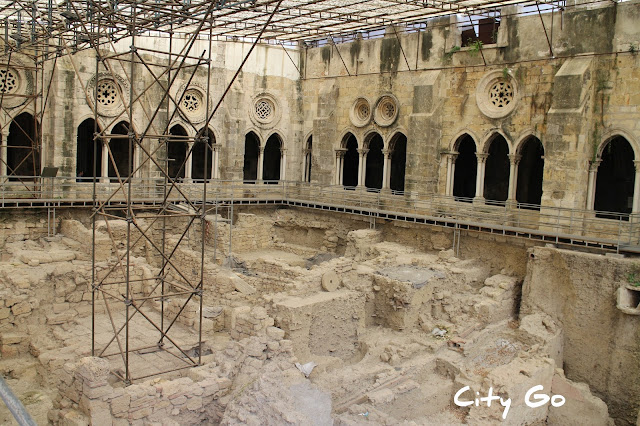Knossos, Heraklion, Greece
When excavations started, it had long been known that there once existed a city called Knossos. The first man to excavate the area, in 1878, was Minos Kalokairinos, a merchant from Heraklion and a lover of antiquity. However, the Turkish owners of the land compelled him to stop the excavations and the attempts of Schliemann (famous German archaeologist) to buy the land produced no results due to the high sums demanded.
However, by 1900 the island had been declared an independent state and the Turkish decided to leave. Arthur Evans was able to buy the land and proceed with the excavations. By 1903 almost all the palace had been uncovered but Evans continued his research until 1931.
During the excavations, part of the palace was restored and reinforced and the frescoes discovered were replaced by copies. The restoration methods used at Knossos have received much criticism and some of the conclusions reached by Evans have been questioned.
The palace has been associated with the mythical King Minos. Some think that Minos might actually be a regal title and not a name. After winning the war with Athens, King Minos demanded 14 youths be sent to him every 9 years as a tribute. They were probably used as slaves but, according to myth, they were fed to the Minotaur, who was locked up in the labyrinth, until Theseus volunteered to be one of the youths and to slain the Minotaur.
Some have tried to interpret and explain the myth, in view of the Minoan culture. The bull was part of the Minoan culture, as many of the findings show. It is also said that every 9 years king Minos (or the ruler of Knossos) had to go to Zeus (his father) cave for some sort of ritual. Some think that this ritual could have involved human sacrifices but no evidence of these sacrifices has ever been found.
The Palace of Knossos was built on top of a settlement dating back to 7000 b.C. The first palace was built around 1900 b.C. Knossos was eventually destroyed, probably by one of the earthquakes that once in a while hit the island.
Opening hours: 8 a.m. to 8 p.m.
Entrance fee: €15 (€16 with archaeological museum).
How to go: You can take a bus (n.2) from the bus station, by the harbour, in Heraklion. The taxi fare from Heraklion is €9, one way.













Comments
Post a Comment